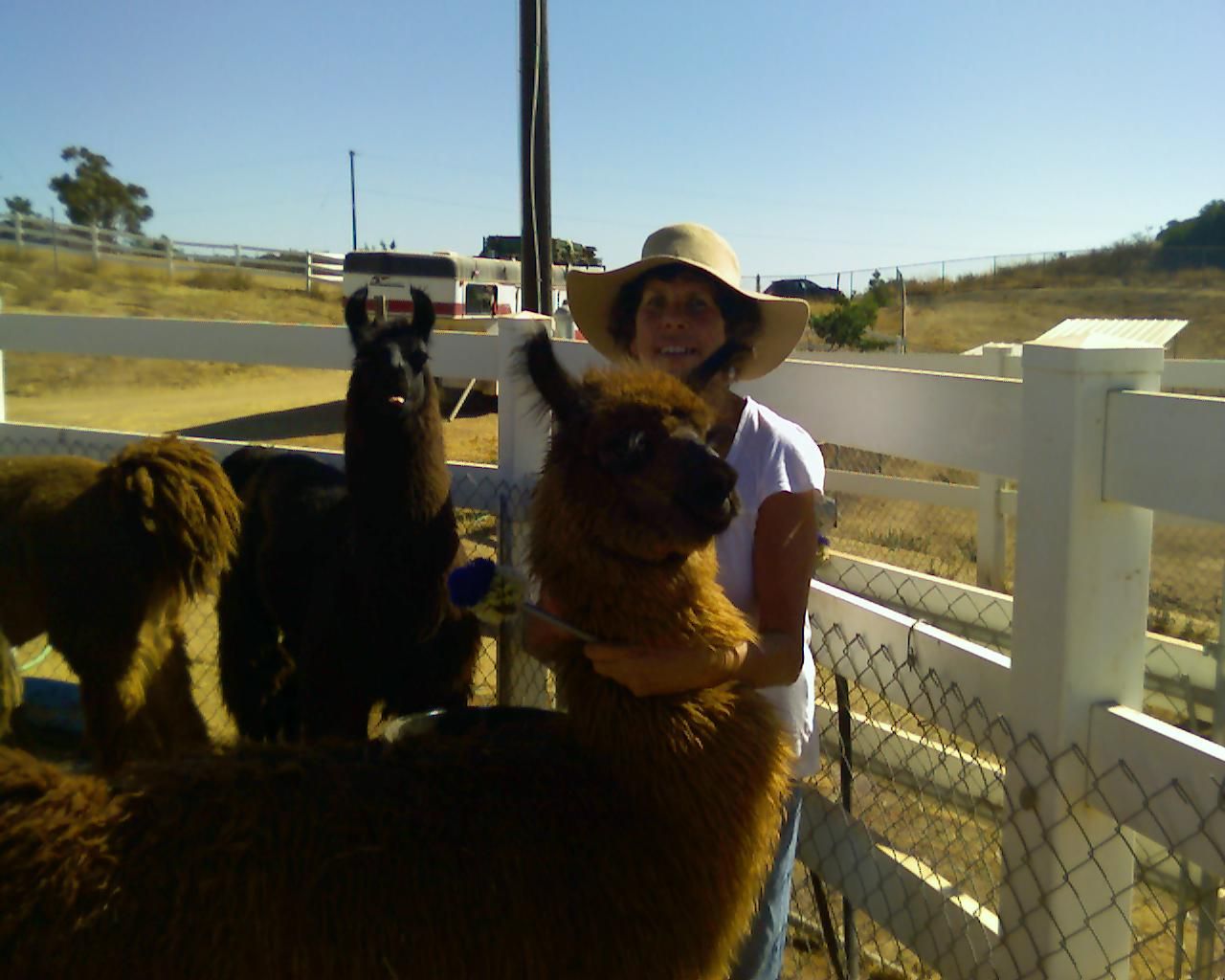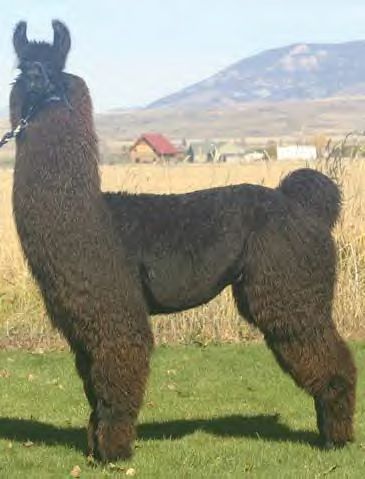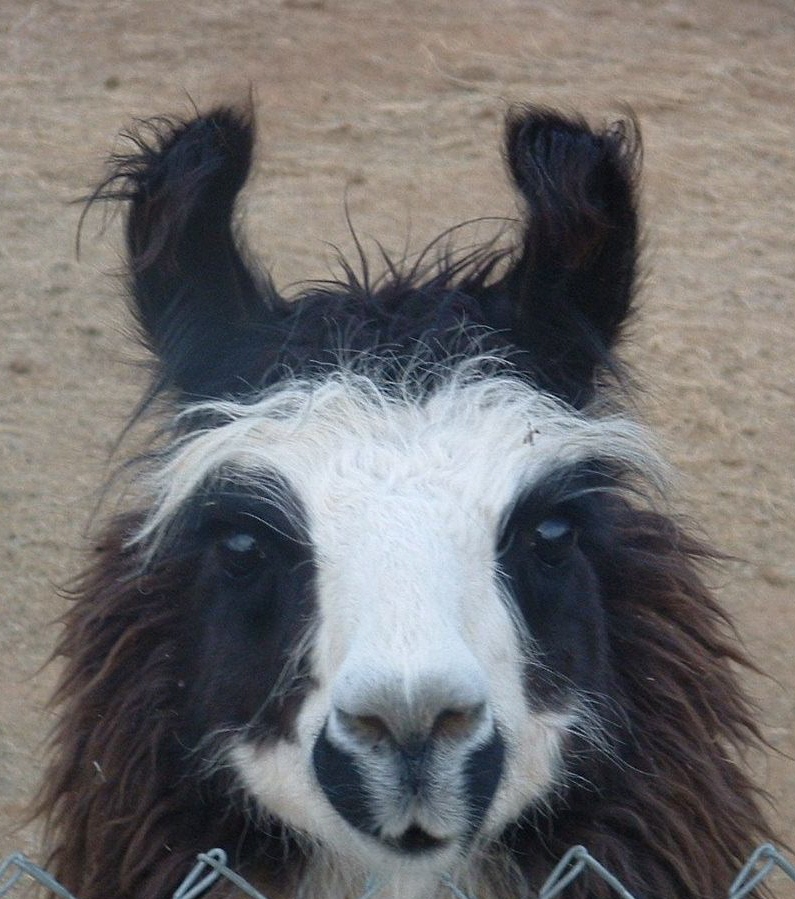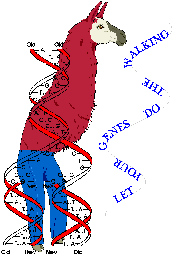|
Llamas
             
Build your llama Image with llamas from Beacon Hill Farm.
Adopt-A-Llama
Sale and Contact information:
Dr. Ruth Baak, Proprietor,
Beacon Hill Farm
Gene Nicholson, Proprietor,
Bonita Llama Farm
www.bonitallamafarm.com
Kenny Blakley, Farm Manager
2086 Mother Grundy Truck Trail, Jamul
CA
P. O. Box 1152,
Jamul CA 91935
(619)468-6808 or (619) 468-3074
Send mail to rebaak@aol.com with
questions or comments about this web site.
Copyright © 2001 Beacon Hill Farm
Thank you for visiting the
Beacon Hill web page.

| |
Shown below
is Ken Jones, our shearer from New Zealand And doesn't everyone look
spectacular. Have to admit a couple of our llamas received some funky haircuts,
courtesy of Ken's enthusiasm. Even the Great Pyrenees, Dana and Mac Duff (Duffy),
sport new "dos". They are full of energy and very happy. Our next
scheduled shearing will be in April, 2005. Call for information.
 |
 |
 |
 |
 |
 |
 |
 |
 |
 |
 |
 |
 |
|
|
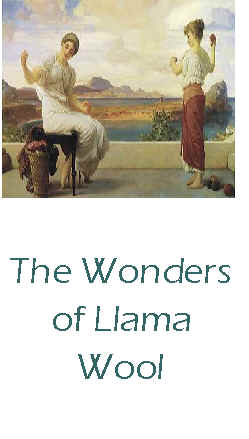 |
|
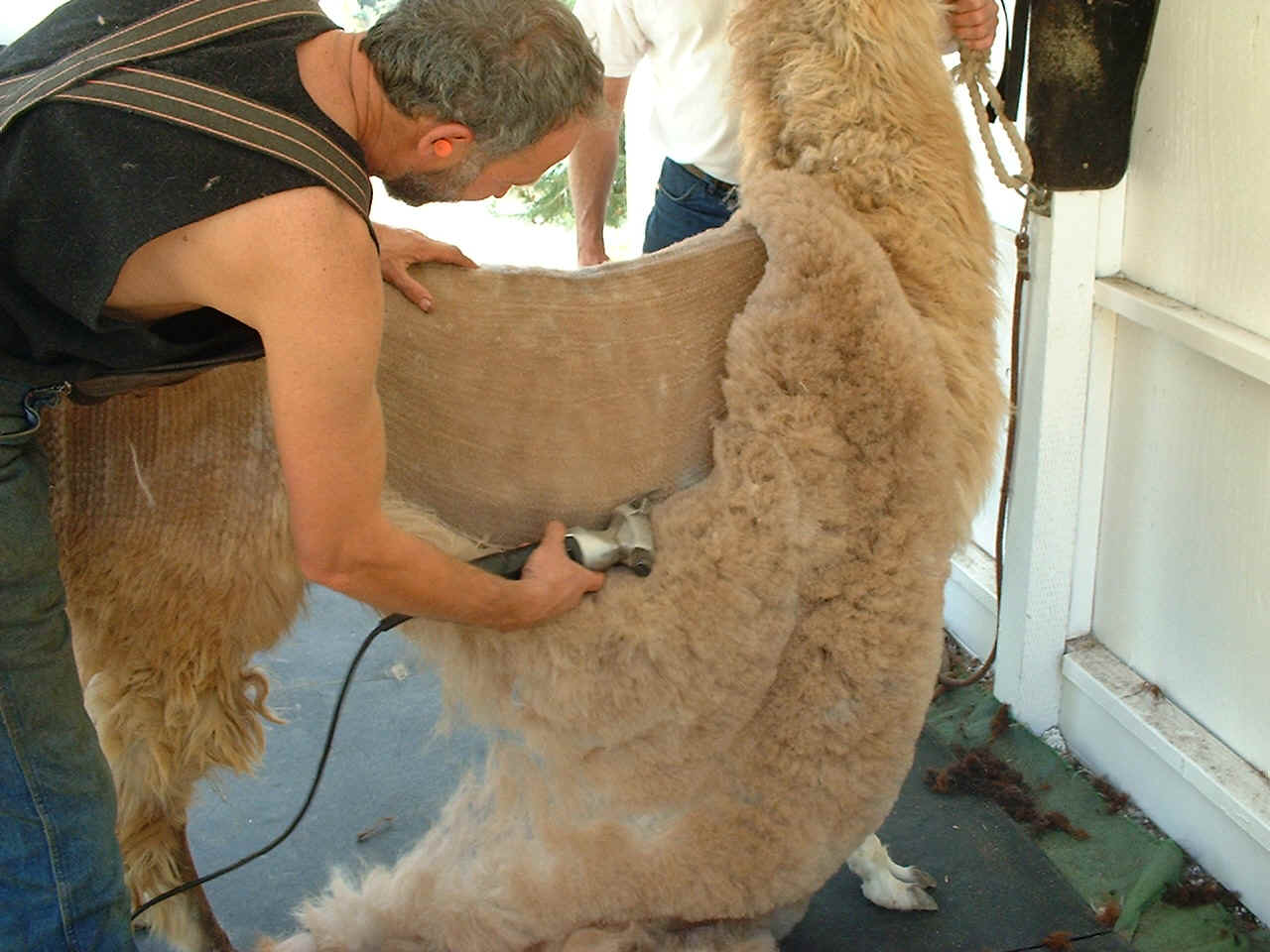 |
|
|
Is llama wool usable?
Of course it is... |
|
|
|
|
|
|
 |
|
|
|
|
|
|
|
|
|
When the Inca Indians of Peru domesticated llamas and alpacas
more than 5,000 years ago, they had specific uses in mind. Alpacas were
selectively bred to yield a fine, uniform fleece and the wool was used in making garments
which kept the Incas warm in the harsh Andean environment. Archeologists have
discovered fine woolen goods (with weft counts of 190 to 240 threads per inch) which they
believe were used in ceremonies and as burial shrouds.
Today,
alpacas produce one of the finest fibers known to man. Llamas were used as a beast
of burden, and emphasis was placed on sturdy packing ability. Little thought
was given to llama fiber. Because of this, today we find llamas with fine fleece, as well
as llamas with very coarse fleece. Is llama wool usable? Of course it
is, given that we select an appropriate use for each individual animals fiber.
Because of the range of wool types present in the llama population, we are able to make a
variety of things from llama wool. It is neither better nor worse than alpaca fiber
and each fleece should be examined to determine its own merits
 | It is considered a natural, protein
fiber since it grows freely on llamas.* It has a hollow core (called
medullation), giving it a good weight -to-warmth ratio and making it lightweight.
The degree of medullation decreases with fiber diameter, and the finest fibers can be
solid with interrupted medullation. Technically speaking, it is not wool but many
refer to it as such.
|
 | A whole fleece consists of two coats: guard hair and down. Guard hair is
thick and without crimp, making it excellent for use in rope. It varies from 0% to
20% of the total fleece of an animal. Down is soft and luxurious, suitable for finer
garments. Individual fibers range in size from 20 to 40 microns in diameter. One
micron = 1/1000 millimeter or 1/25,000 inch.
|
|
|
|
 |
|
|
|
|
 |
 |
 |
 |
 |
 |
 |
 |
 |
 |
 |
 |
 |
 |
 | Llama fiber contains no natural oils or lanolin, making it light and yielding 90%
to 93% of its original weight when processed. It shrinks little in washing.
|
 | A myriad of colors can be found ranging from white, light brown, dusty rose, dark
brown, gray and silver, to black.* White fiber takes dye well but, like other fine
fibers, is subject to alkaline damage. For this reason, natural dyes work better
than some synthetic dyes.
|
 | Collection of wool can be accomplished by shearing or brushing. |
 | When shearing, one harvests the entire fleece, including guard hair and
down. By brushing, only the down is harvested.
|
 | Fleece growth is about 3 to 4 pounds per year, with full re-growth after shearing
occurring during a two year period. Biannual shearing yields an average of 5 to 10
lbs. of fiber. Brushing, while more time consuming, yields about 3 to 4 lbs. per
year |
|
|
|
|
|
|
|
|
|
|
|
|
|
|
|
|
|
|
|
|
|
|
|
|
 | Because of its fineness, thin yarn
that is double plied yields the softest, yet strongest yarn. However, it can also be
spun thick or as a single, or blended with other fibers.
|
 | Has little or no memory, making it excellent for use in weaving. When used
in knitting, raglan sleeves work well, and adding elastic thread in ribbing will help hold
the shape of a garment.
|
 | Skeins and garments should be washed in cold water with a mild dish washing
liquid such as Ivory. Woolite is not recommended because of its alkalinity. Be
sure article is totally submerged since llama fiber tends to be water repellent. Wet
garments should be handled with care so they will not lose their shape. |
 | Harvest the fiber after sufficient
grooming. Collection can be by brushing or shearing.
|
 | Skirt and separate usable fiber into like piles. Dirty wool should be
discarded.
|
 | Shake out any debris by gently pulling the locks apart.
|
 | For finer garments, remove guard hair by pulling the long, thick ends.
|
 | Card the wool to align the fibers. Can be done by using hand-cards, a drum
carder, or sent to a mill for processing.
|
 | Spin the wool into yarn by twisting it as you draw it out to make it
thinner. Use a spinning wheel, drop spindle, or a spinning service.
|
 | Gently wash the yarn to set the spin .* When dry, your yarn is ready to be
crocheted, knitted, or woven into a lovely memento of your llama.
|
 | Felting is another excellent use for llama wool. It is an even easier
technique than spinning and yields quick results.
|
|
|
|
|
|
|
|
Suggestions for using llama fiber |
|
|
 |
|
|
|
From llama to garment |
|
|
|
|
|
|
|
|
|
|
|
|
|
|
|
|
|
|
|
|
|
|
|
|
|
|
|
|
|
|
|
|
|
|
|
|
Our thanks to Holly Eakes for compiling this
information. |
